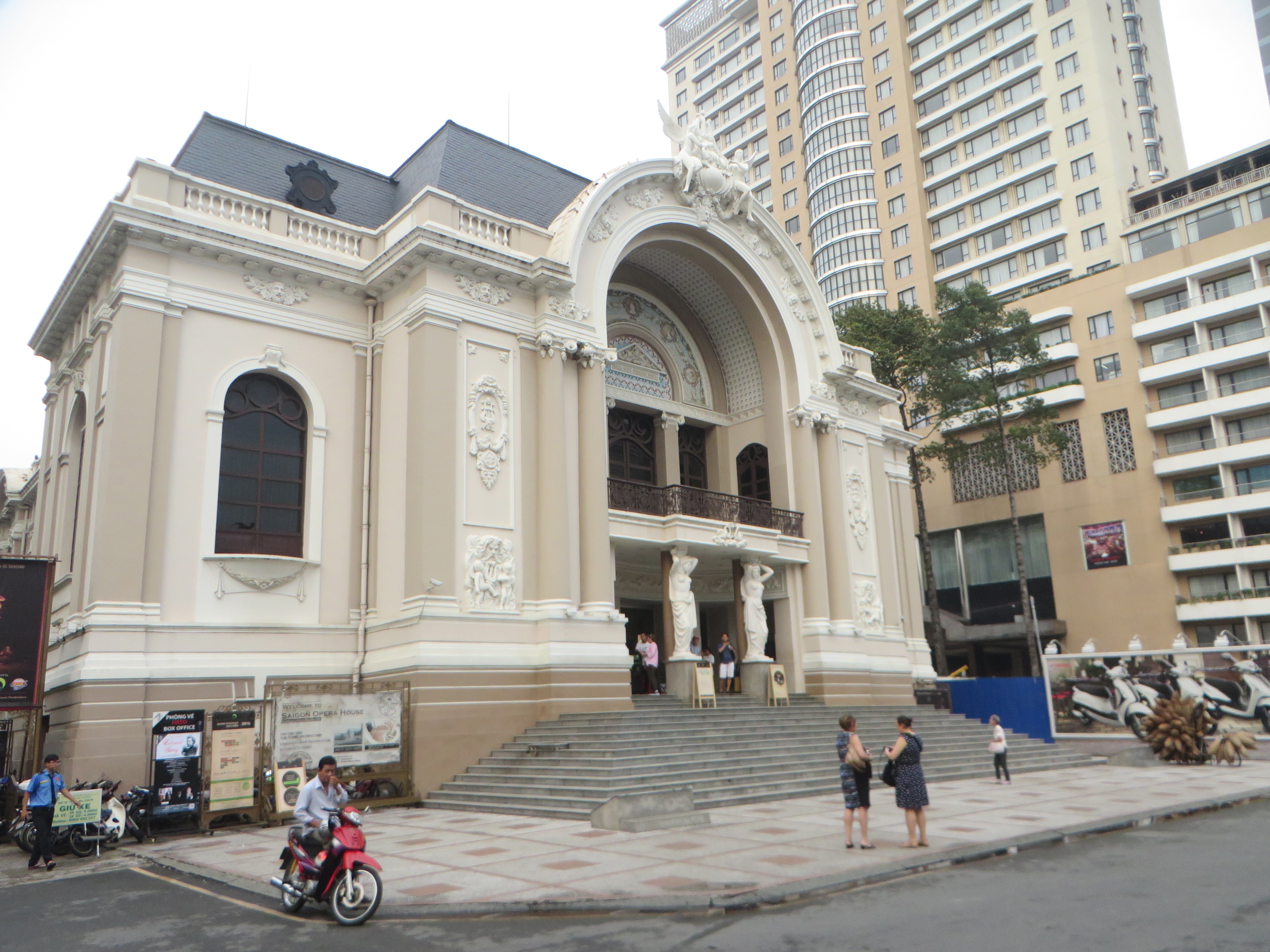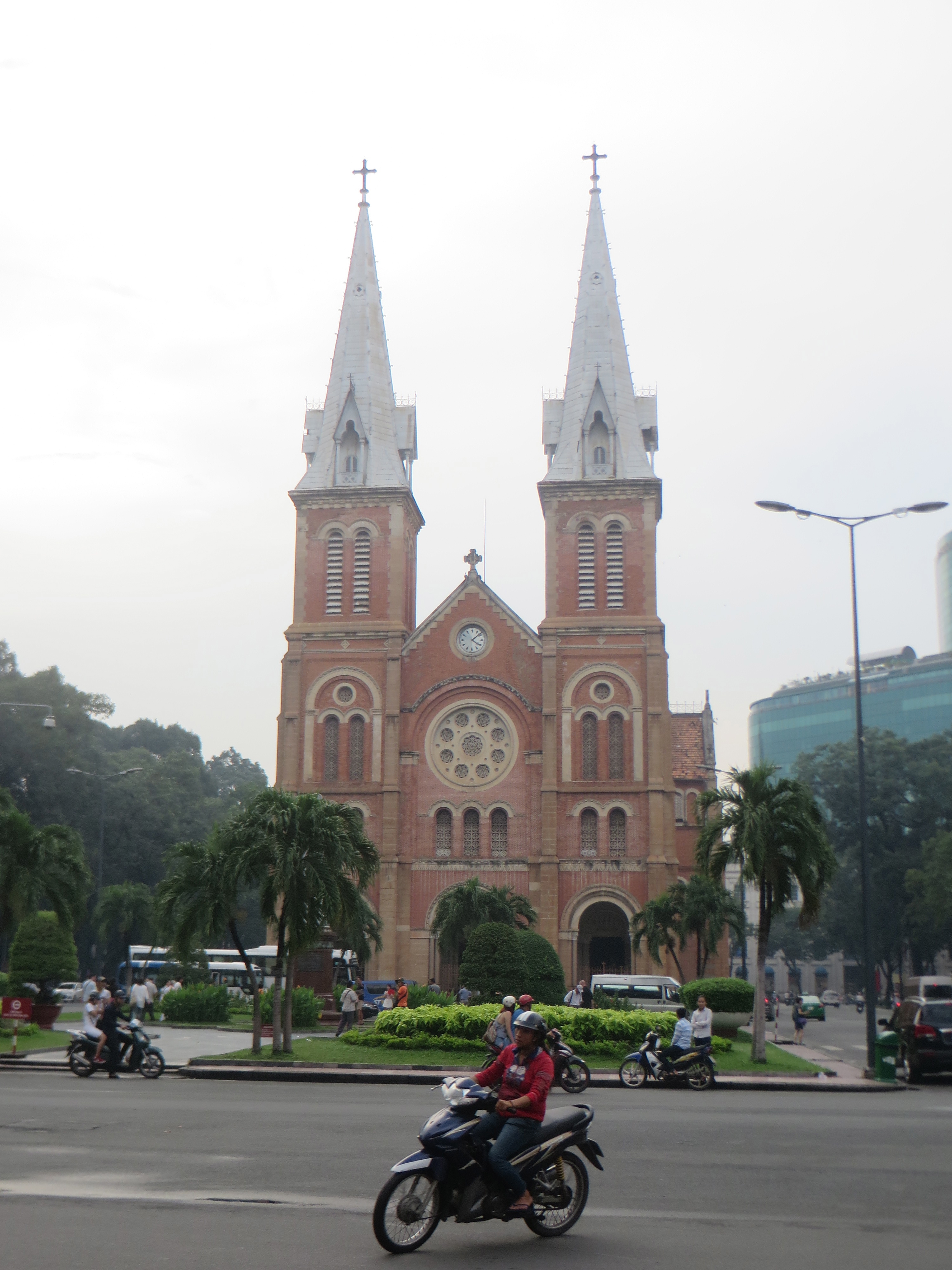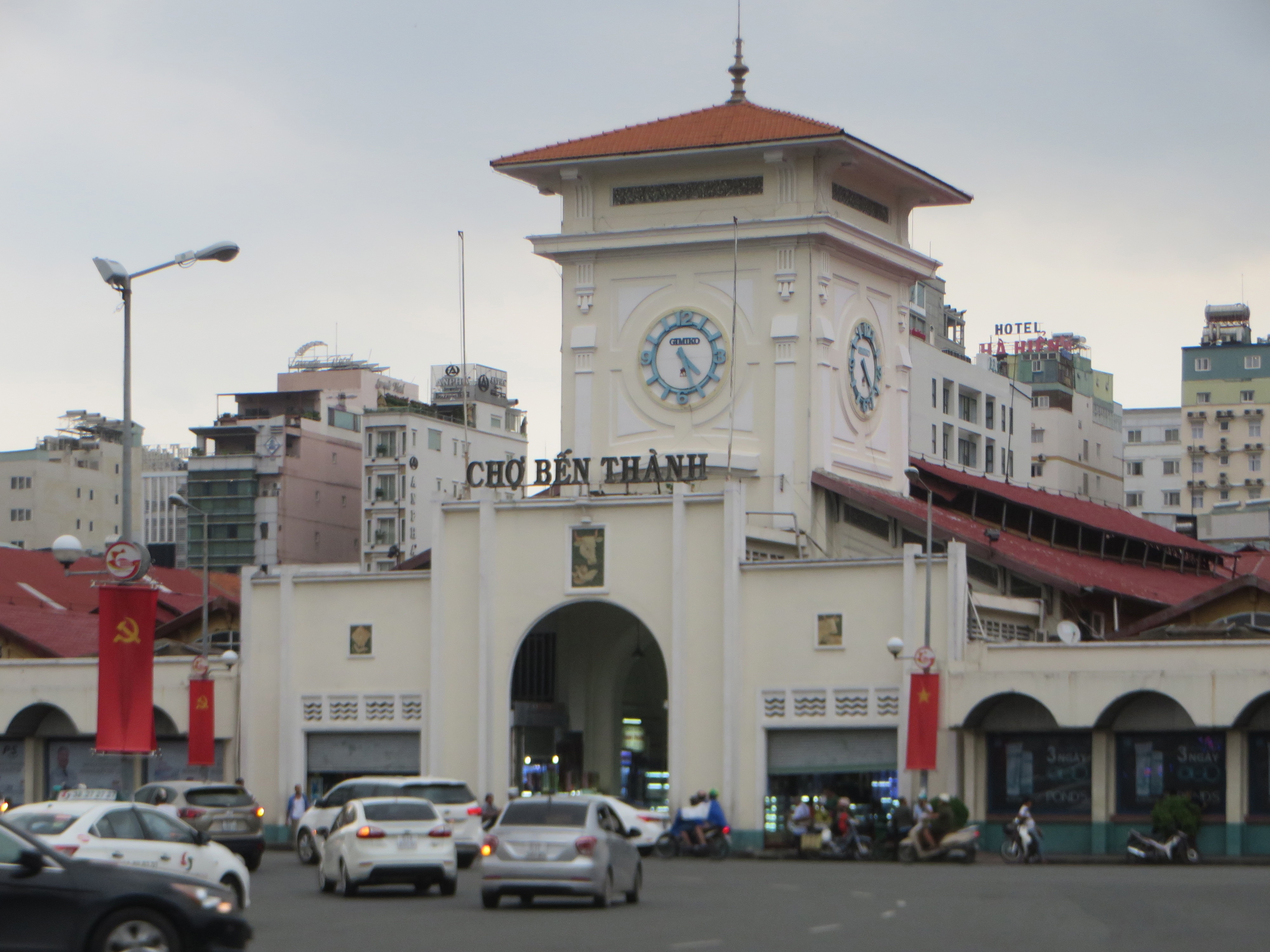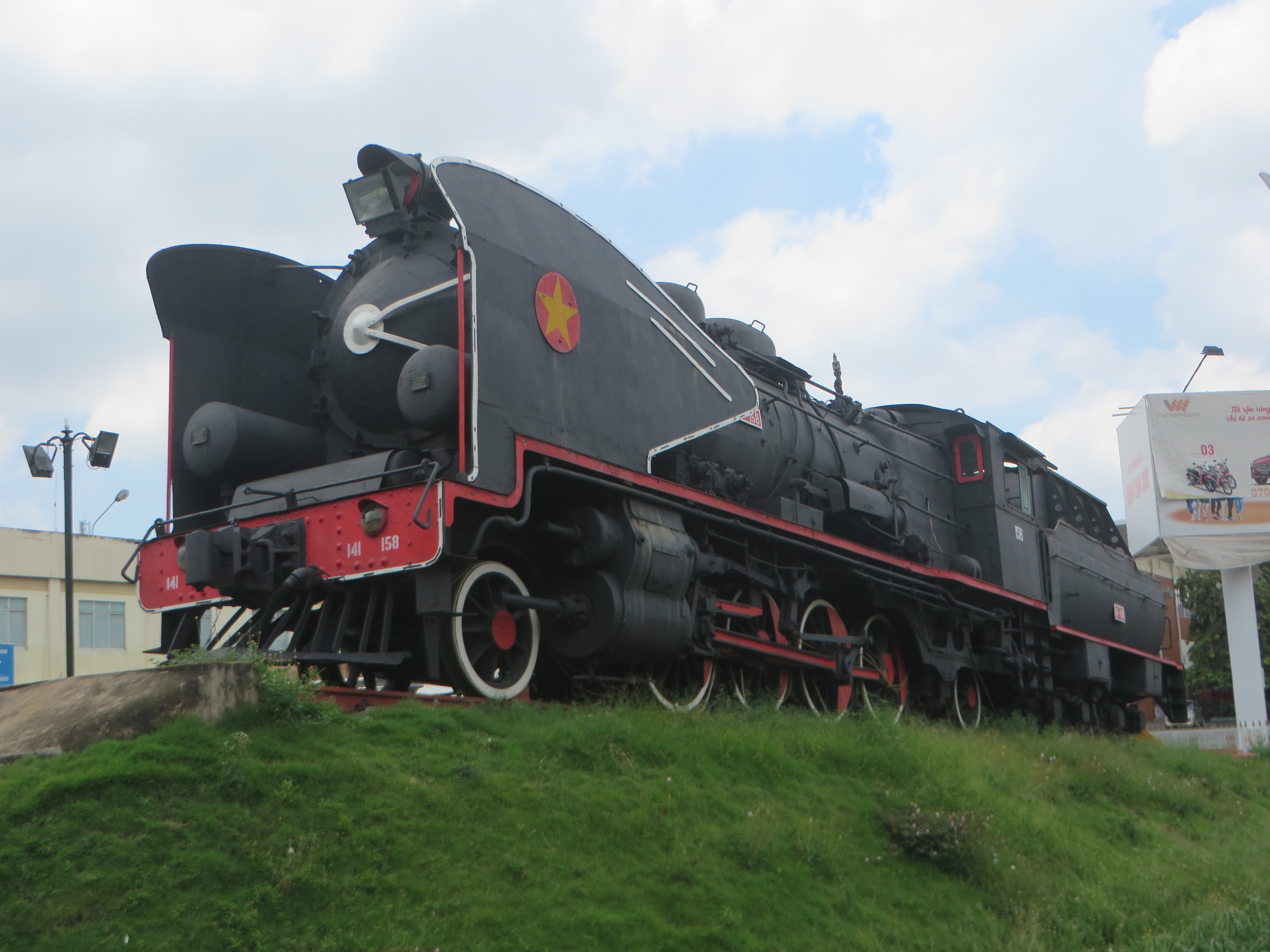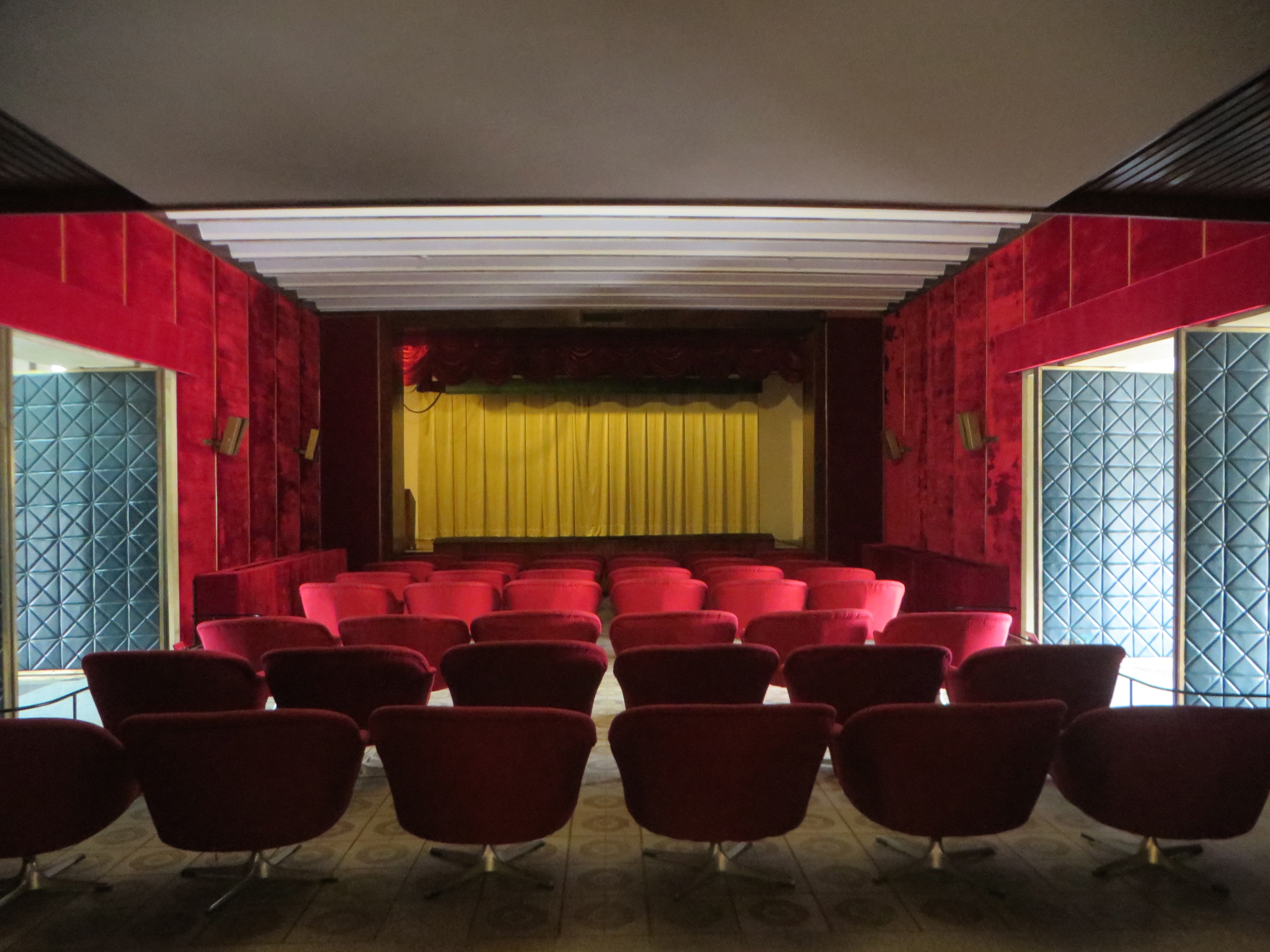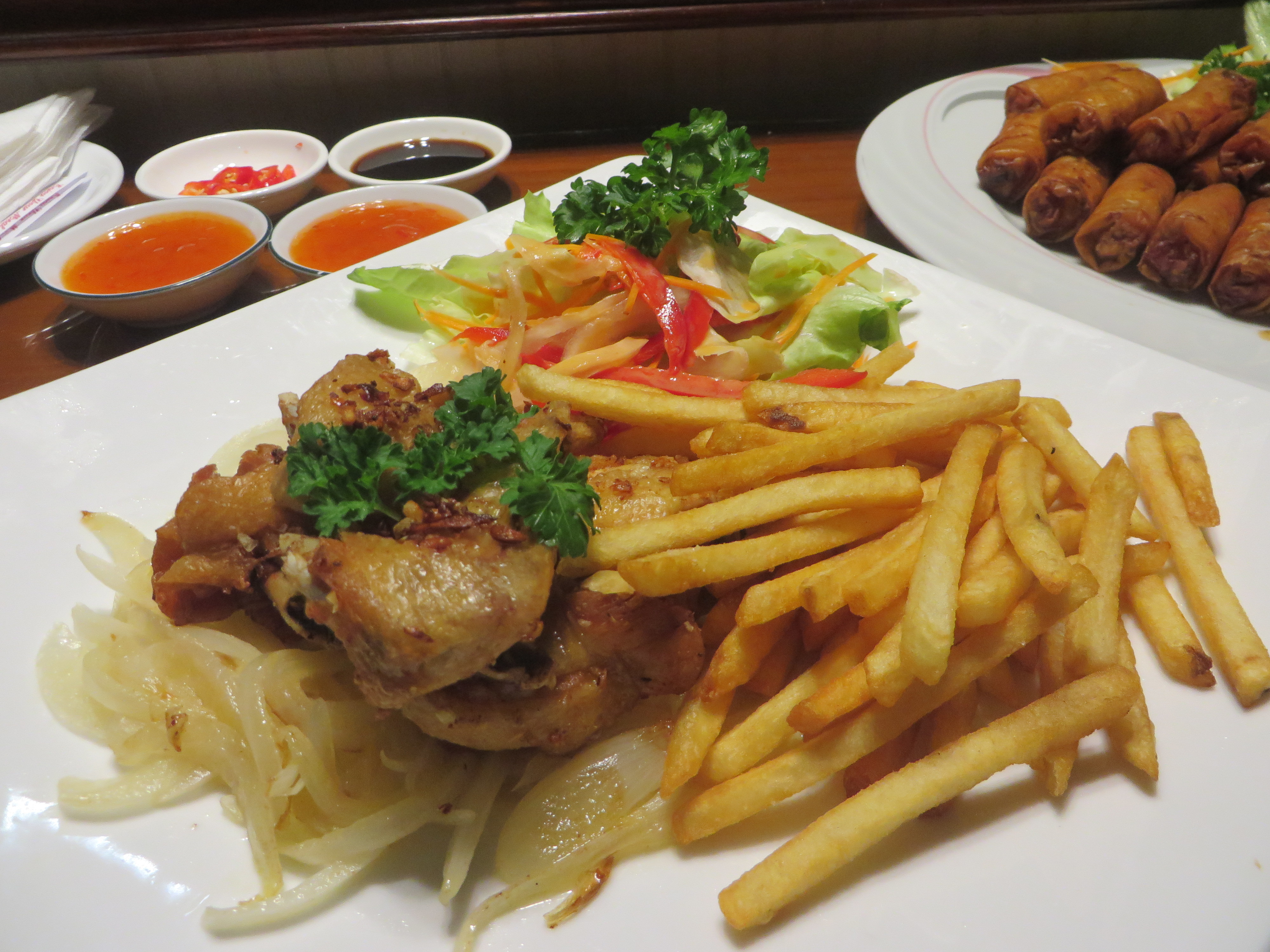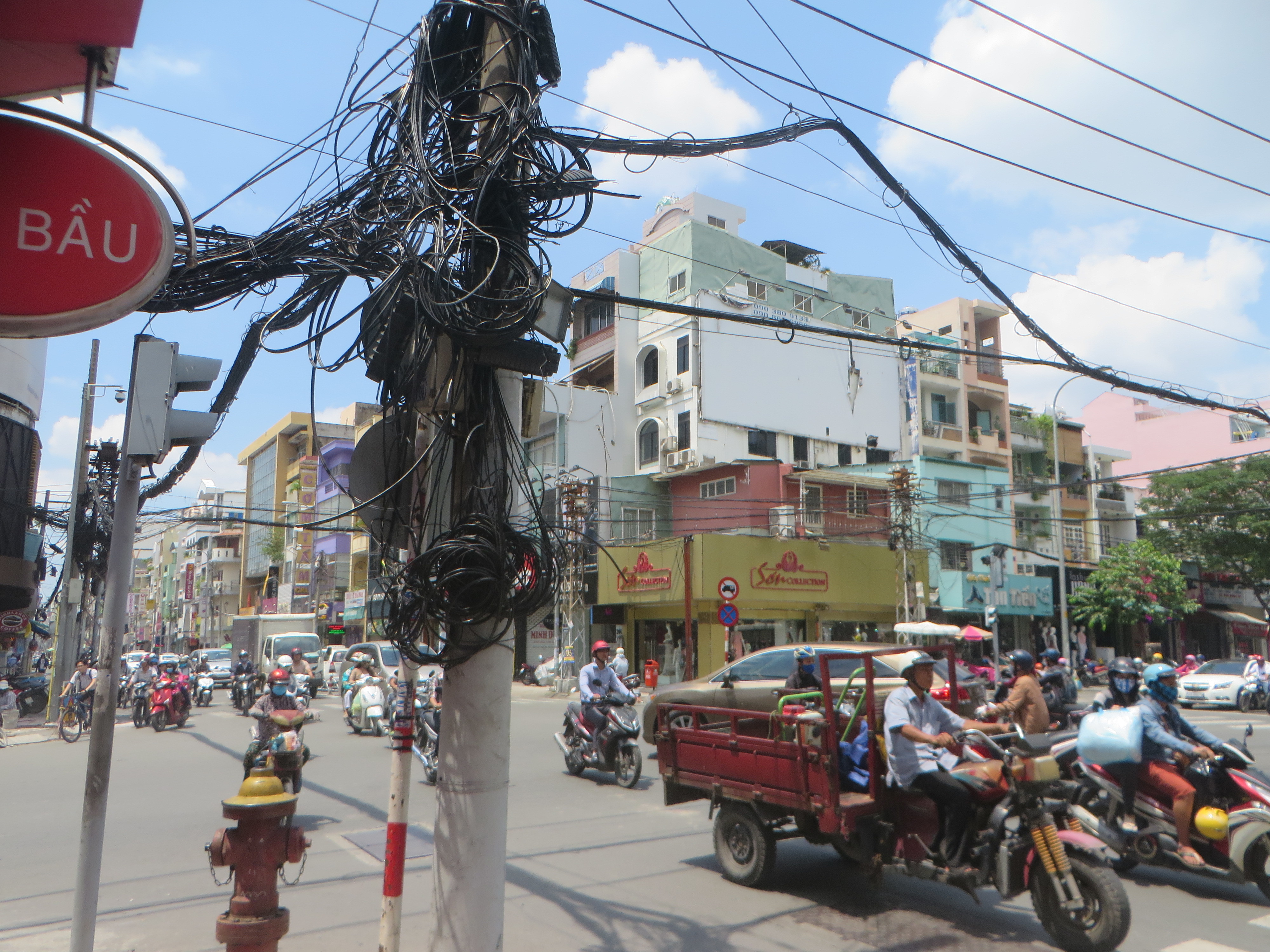Ho Chi Minh City, Vietnam
formerly Saigon
I was not alive during the Vietnam War yet we have all seen it's repercussions: veterans carrying both mental and physical scars from their tours of duty; families unable to become whole after being reunited with family members; children whose remains were never found after going M.I.A.
To say that this is the war that broke the United States would be an understatement. I will not go into the history of the war and Vietnam because my goal is not to paint a image of a sad and broken locale, but instead one of a place that has made strides to improve after the war officially ended. Anyway, there are more than enough books about the topic to fill in any description you feel needs more details. Let me be clear: This is a communist country and there are negatives for some people that are simply too glaring to ignore. To be honest, I did not ignore the human and civil rights issues. Instead, I wanted to know how anyone can truly live under those situations. While I could imagine it, I still wanted to see it.
Let me be clear: This is a communist country and there are negatives for some people that are simply too glaring to ignore. To be honest, I did not ignore the human and civil rights issues. Instead, I wanted to know how anyone can truly live under those situations. While I could imagine it, I still wanted to see it. Ho Chi Minh City (formerly Saigon) and named after “Uncle Ho” (Chi Minh) as he was affectionally called and which means “Bringer of Light” was the leader of the Worker's Party who fought for the unification of North and South Vietnam. As I walked down the city's narrow streets, I wondered what he would have thought about the outcome of the war and what has happened since he passed away prior to the end of the war.
Ho Chi Minh City (formerly Saigon) and named after “Uncle Ho” (Chi Minh) as he was affectionally called and which means “Bringer of Light” was the leader of the Worker's Party who fought for the unification of North and South Vietnam. As I walked down the city's narrow streets, I wondered what he would have thought about the outcome of the war and what has happened since he passed away prior to the end of the war.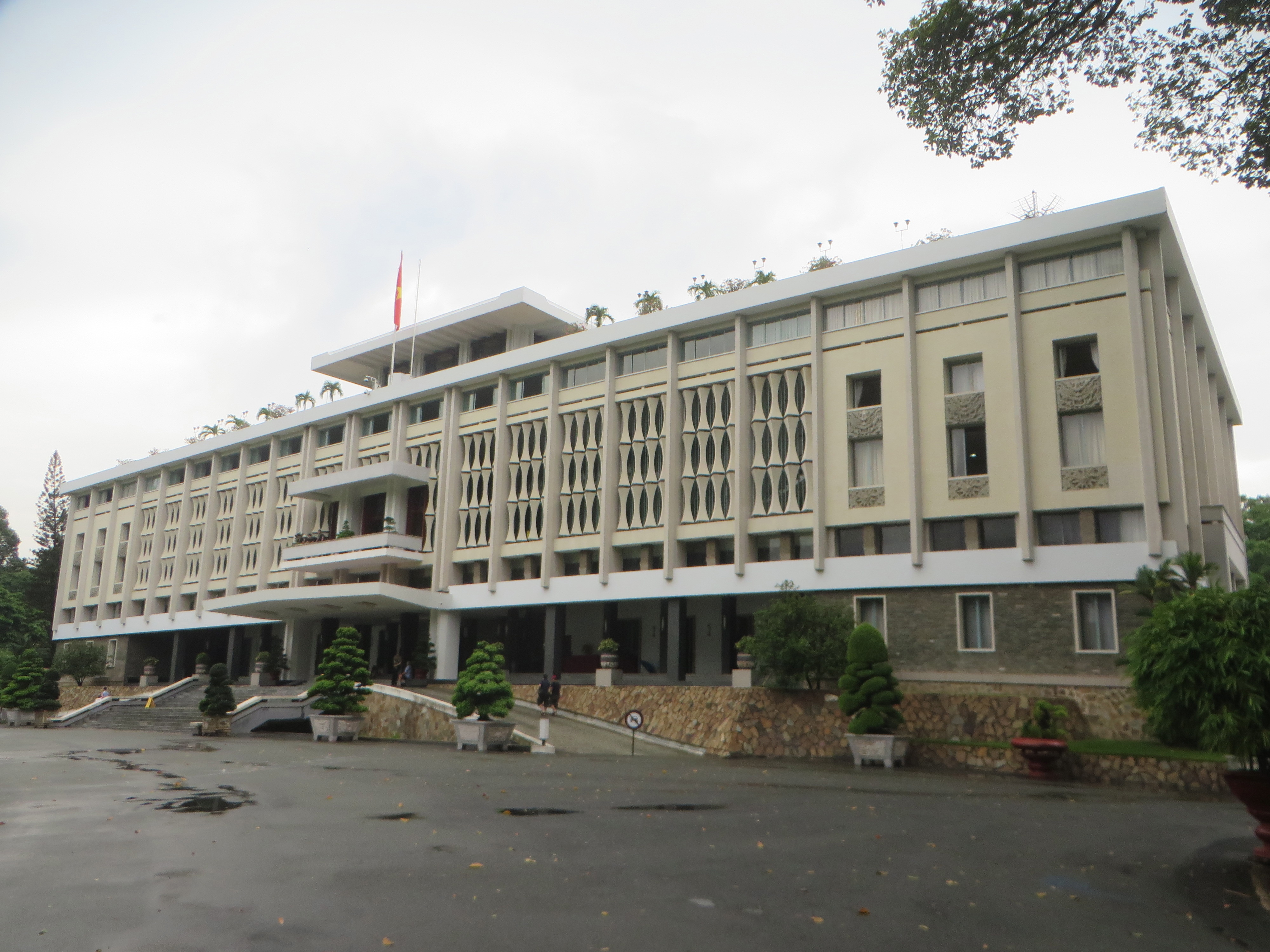 Being there felt as though I had gone back in time. The Independence Palace, which you may have seen in countless videos of citizens and Americans pushing down the U.S. Embassy gates during the final days of the war, sat preserved with a helicopter on its roof of the same make and model as those used during the final airlifting.
Being there felt as though I had gone back in time. The Independence Palace, which you may have seen in countless videos of citizens and Americans pushing down the U.S. Embassy gates during the final days of the war, sat preserved with a helicopter on its roof of the same make and model as those used during the final airlifting.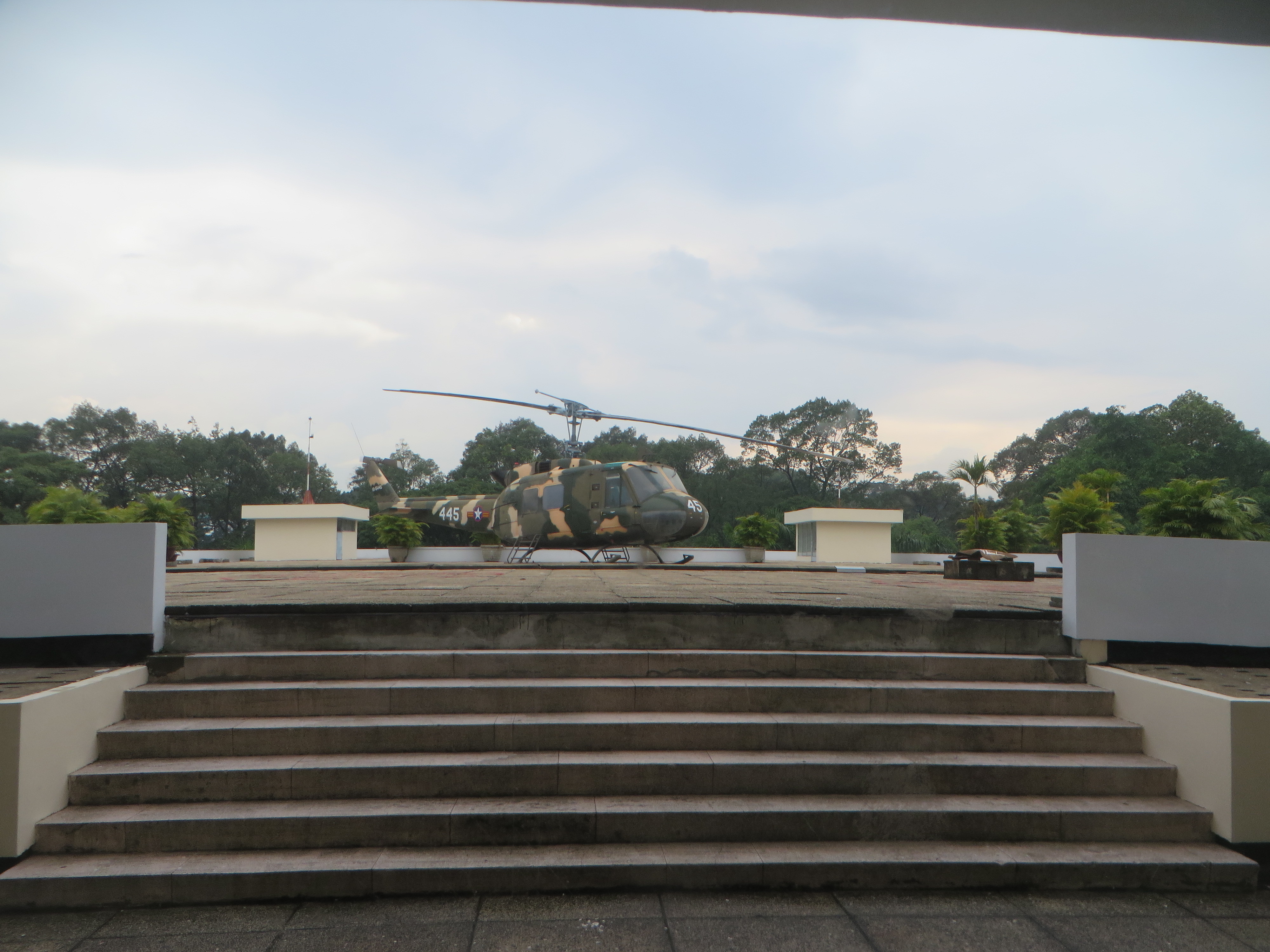

I explored each zone (neighborhood) thoroughly, much to the amazement of locals who rarely, if ever, saw a foreigner outside of Zone One. What you must remember about the different zones in Ho Chi Minh is they are almost identical and overlap.
Zone One is city center and where you will find the majority of the night life, landmarks, and hotels. Here, you will also find the majority of the tourists sitting on stools and enjoying a refreshing beer while trying to stay cool somewhere in the shade.

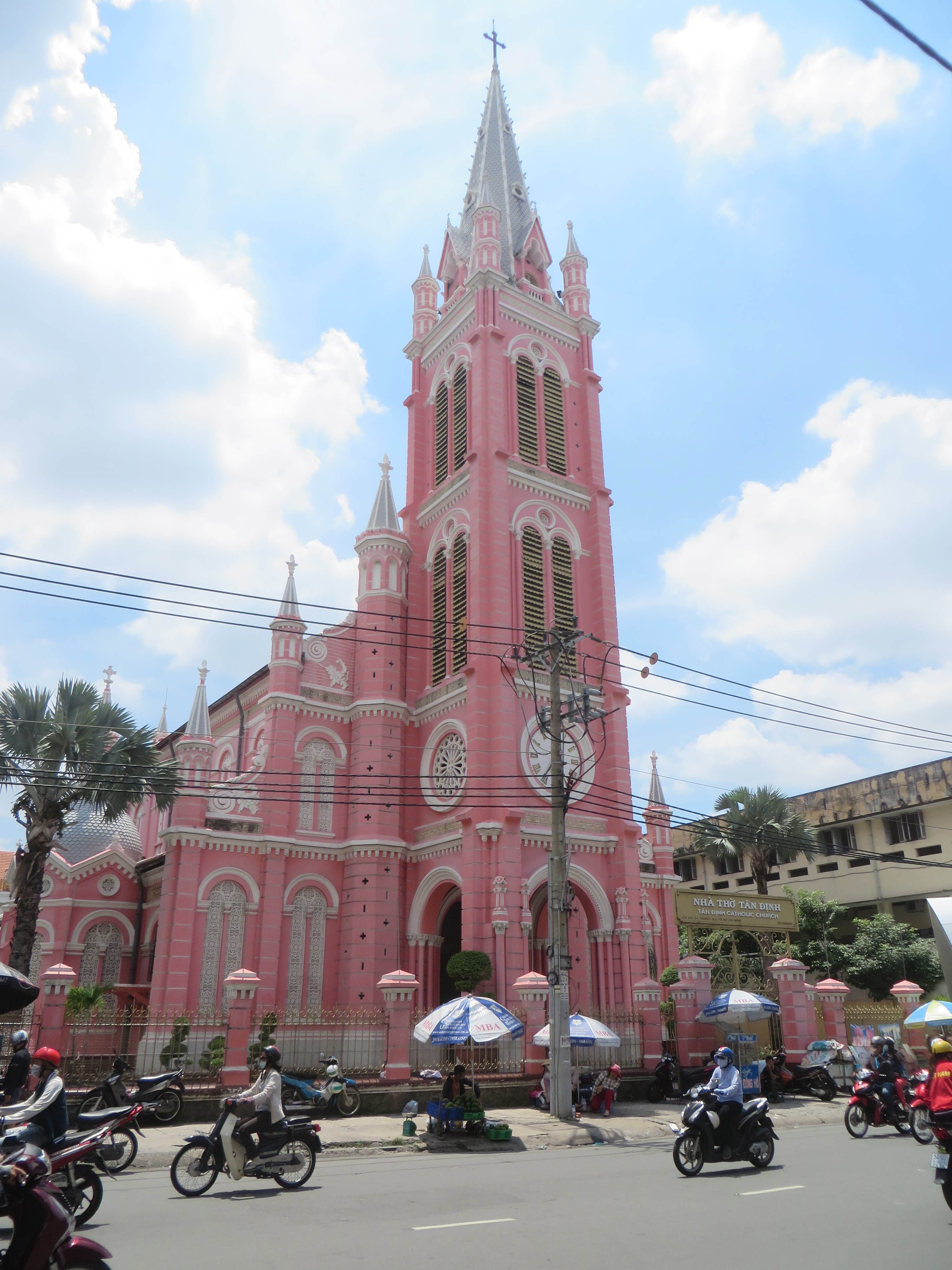 People were curious about me, and some approached out of interest to try and communicate. What I learned quickly is that the Vietnamese love to negotiate, but it was more for the thrill than for acquiring a good deal on both ends of the bargaining table.
People were curious about me, and some approached out of interest to try and communicate. What I learned quickly is that the Vietnamese love to negotiate, but it was more for the thrill than for acquiring a good deal on both ends of the bargaining table.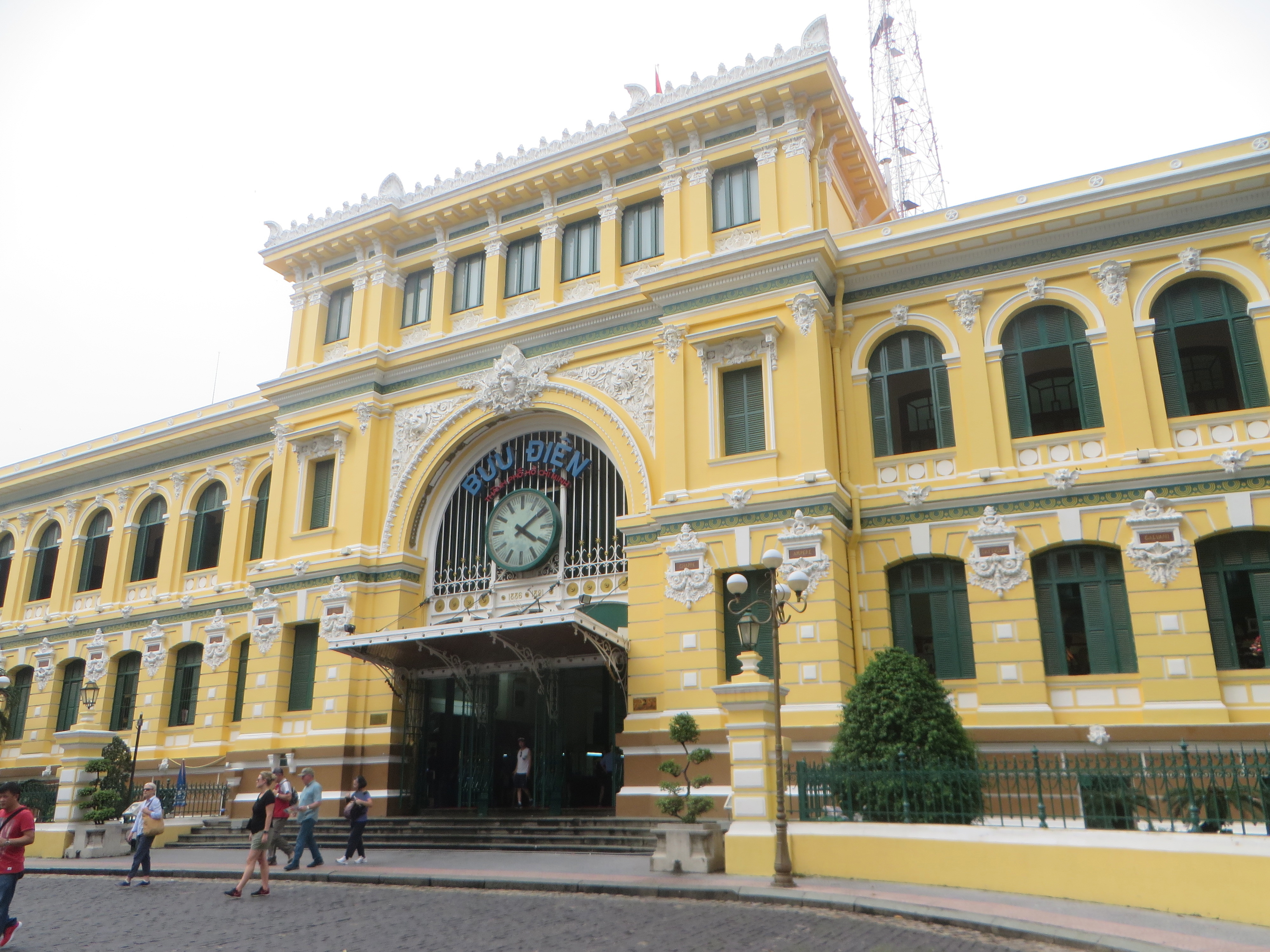 While some tourists sat with a cool drink and watched under swaying fans, hagglers hustled everything from postcards to knockoffs. Small shops line the streets of Zone One, especially around the Central Post Office and Saigon Notre Dame, both of which are tourist attractions, offering beautiful imagery from around Vietnam. At the Ben Thanh Market, the salespeople also offered sob stories as a part of their negotiating technique hoping they will weaken your bargaining skills.
While some tourists sat with a cool drink and watched under swaying fans, hagglers hustled everything from postcards to knockoffs. Small shops line the streets of Zone One, especially around the Central Post Office and Saigon Notre Dame, both of which are tourist attractions, offering beautiful imagery from around Vietnam. At the Ben Thanh Market, the salespeople also offered sob stories as a part of their negotiating technique hoping they will weaken your bargaining skills.
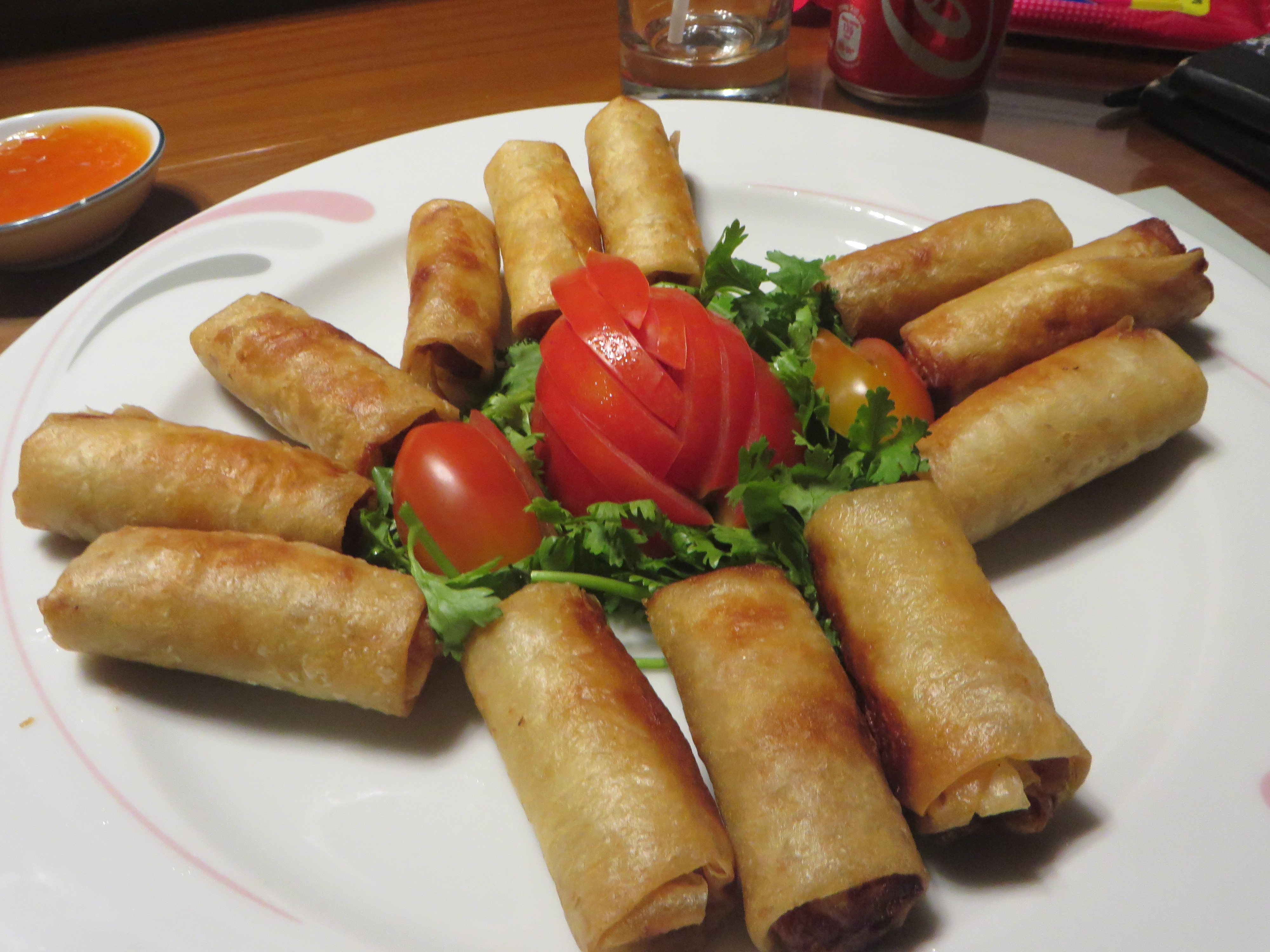 After a few days, you will feel as though you are in a maze but you'll know the way out. The buzzing bikes, smells of foods, and people rushing turn into a delicate game of Frogger. People watching becomes a must. Friends meet for a drink at a plastic table covered in logos and converse under neon lights.
After a few days, you will feel as though you are in a maze but you'll know the way out. The buzzing bikes, smells of foods, and people rushing turn into a delicate game of Frogger. People watching becomes a must. Friends meet for a drink at a plastic table covered in logos and converse under neon lights.

